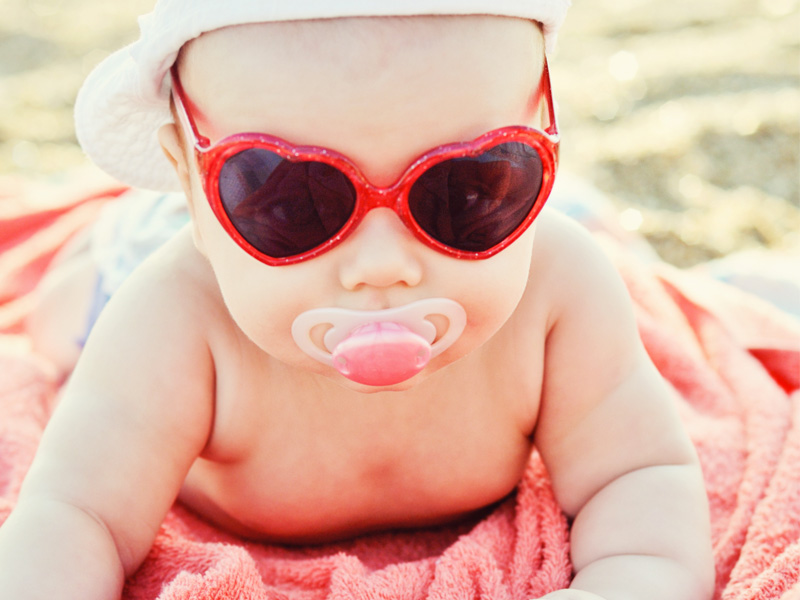What are migraines with visual aura?
16/12/2025

20/11/2018
Universal Children's Day is celebrated on November 20. We join this celebration with some eye care advice for babys.
Sight is one of a human being’s most important senses. From birth, our vision enables us to interact with the world around us, thus encouraging our physical, mental and emotional development. This is why it's important to give it special attention and bear in mind a series of recommendations to ensure that the youngest ones in the family enjoy good eye health.
Hygiene guidelines
The eyes of a new-born do not need any kind of special attention if they do not have any problems. In any case, the easiest step to take is to wash your hands and maintain proper hygiene before touching their face, particularly their eyes.
In the early years of childhood, children produce more mucus than adults—both in the nose and the eyes, too. This greater level of production means that, even in the absence of a pathology, some babies wake up with sleep in their eyes. To attain good hygiene, we should clean the eyes with a saline solution and sterile swabs or wipes. Should an infection occur, it's important to use a different swab or wipe for each eye. Applying a product or medication is not advisable unless instructed by a doctor.
In other cases, sleep in the eyes may build up due to an obstruction of the tear duct or an infection (conjunctivitis). Should the baby have excessive tearing, green or yellow discharge, swollen and/or red eyelids, you should see a paediatric ophthalmologist, who will determine the most suitable treatment in each case.
Visual stimulation
Natural light is important for the development of our vision, so a baby should not always be in dimly-lit areas. Mind you, in summer and springtime it’s important to protect their eyes from exposure to the sun by using sunglasses, a hat or bonnet.
To stimulate visual development, it’s a good idea to show the baby objects of different shapes and colours, especially bright and contrasting colours. We would also recommend not keeping the child in the same room of the house all the time, so they can see things from different points of view.
Eye check-ups
Maturation of the vision requires a long learning process which begins upon birth and culminates at the age of 8-9 years old. Most progression occurs in the first 4 years. Any disorder causing poor vision in one or both eyes at this stage may lead to amblyopia or “lazy eye”.
A baby’s first eye examination must be carried out just after birth to rule out congenital structure irregularities or severe eye problems. Later on, even if there are no apparent symptoms, it's advisable that the child undergoes a complete eye examination carried out by specialist, at the age of 2-3 years, to assess the anterior and posterior segments of the eyeball, detect potential refractive faults and/or ocular motility issues (strabismus). Whatever we don't learn to see during childhood will not be recuperated in adult life. Failure to act in good time may condemn the child to having a lazy eye for the rest of their life, which is why early diagnosis is vital.